Noke Koî Glass Beaded Kuripe
£65.00
A self-applicator for shamanic tobacco snuff from the Amazon, known as Rapé.
Used in shamanic ceremonies, clearing energy, setting intentions , meditation & grounding.
This stunning handmade Kuripe is beautifully made from a very rare and sophisticated wood by the talented Noke Koî Tribe in Brazil. We’re told it takes a look time to make it look this beautiful and a-lot of craftsmanship, love & energy has gone in to this collection.
They are then designed with colourful glass beaded patterns around the body of the kuripe, coming down to form a handle and make an elegant finnish.
Each piece is unique, made with love and holds the vibration and reflection of the healing energy of the plant medicine.
Authentic Indigenous Jewellery
Unique, Handmade / Multi-Colour Design / Region of Origin: Brazil
1 in stock
The Noke Koi tribe is situated deep in the Brazilian Amazon and is the home to an extraordinarily diverse abundance of plants. ‘Noke Koî’ translates to ‘People of the Jaguar’ and are considered to be gifted healers and have a rich botanical healing tradition. The visions received while under the influence of Ayahuasca are then reproduced in the glass bead jewellery. They paint a picture with miniature glass-beads that reflect their ancestral dreaming strongly connected to the earth, their mother. Their bead-works contain unique symbolism that talk about their natural environment, social codes and spiritual connections.
By purchasing these hand crafts, you support these guardians of ancient, traditional knowledge.
Glass beads were not used until the colonists brought them from Europe 500 years ago, but they quickly became part of Indigenous cultures. Today glass beads, particularly fine seed beads, are the primary materials for traditional beaders of many tribes. Beading is not simple. In fact, it can take several months to complete a single bead-work. This particular type of jewellery has been designed by the Noke Koî communities who are very skilled crafters. Their bead-work designs include animals, trees, rivers and stars that represent sacred spirits that inhabit the Universe. Each piece is beautifully created with a unique intricate design are highly desirable and would make a fine addition to any South American art collection or would be perfect for any bead lover, ideal for ceremony and special occasions. The amazing glass bead work are unique to each one, all material used is natural, locally sourced and their infused with pure heart and soul energy. They hold a super special vibration and we are honoured to support their community and families.
Noke Koî or Noke Kuin – also known as Katukina – is one of the most famous brazillian amazon indigenous tribes.
Noke Koî are more than 1000 indigenous
Just Kamãnawa village alone (the biggest Noke Koî village) is more than 300 indigenous
Kamãnawa are known as the people of jaguar.
This special tribe lives in Cruzeiro do Sul, a small city of the state of Acre, which has around 8~9 villages in the same zone, one beside other (Kamãnawa, Varinawa, Satanawa, Waninawa, etc). Maybe has some other Noke Koî villages around Acre, but all we know are here in Cruzeiro do Sul.
They traditionally use the 4 most known amazon medicines: Ayahuasca (what they call by “Oni”), Rapé (Rome Potô), Sananga (Vero Txeshãti) and Kambô.
Also, as much other amazonian indigenous tribes, they paint themselves (Kenē) with Jenipapo (the blue dye, made of a fruit) and Urucum (the red one) as a way of protection and use Sēpa (their amazonian sacred resin) as purification to move away bad spirits and clean negative energy.
They have the most beautiful handicrafts (specially the ones made of beads).
Noke Koî is a tribe of a big ancestral wisdom and old Pajés – the spiritual and greatest leader of the village.
They have been doing festivals through the years, which makes thousands of people around the world comes to Brazil to receive healing by the sacred medicines of this forest’s guardian tribe.
They have have charming traditional singing.
Rapé is considered to be a sacred, shamanic medicine. It’s traditionally prepared by a knowledgeable shaman of the tribe.
Because the medicine is sacred, the natives take rapé as a prayer calling upon the forces of Nature, the blessing of the animals of the forest, and power of medicinal plants to heal us and give us strength.
Rapé is administered with two different types of pipes, which are typically made from bamboo or bone. The first type of pipe requires the assistance of another person, who blows the snuff with a powerful blast into each nostril of the partner who is receiving the rapé. For that reason it is generally referred to as the blow pipe and, in Brazil, the 2-person pipe is called the “Tepi”.
The Appropriate Set & Setting for a Rapé Ritual
Because the act of taking rapé is a prayer, the set and setting will impact the experience of your prayer. The best places to take rapé are outside in nature, at the altar during a medicine ceremony, or in a quiet sacred space indoors, with high-vibrational music playing. Avoid taking rapé where you might be interrupted – An ideal setting allows you to fully experience the effect of the rapé without distraction and have the space for quiet contemplation.
Rapé is considered to be a sacred, shamanic medicine. It’s traditionally prepared by a knowledgeable shaman of the tribe.
Because the medicine is sacred, the natives take rapé as a prayer calling upon the forces of Nature, the blessing of the animals of the forest, and power of medicinal plants to heal us and give us strength.
Rapé is administered with two different types of pipes, which are typically made from bamboo or bone. The first type of pipe requires the assistance of another person, who blows the snuff with a powerful blast into each nostril of the partner who is receiving the rapé. For that reason it is generally referred to as the blow pipe and, in Brazil, the 2-person pipe is called the “Tepi”.
The Appropriate Set & Setting for a Rapé Ritual
Because the act of taking rapé is a prayer, the set and setting will impact the experience of your prayer. The best places to take rapé are outside in nature, at the altar during a medicine ceremony, or in a quiet sacred space indoors, with high-vibrational music playing. Avoid taking rapé where you might be interrupted – An ideal setting allows you to fully experience the effect of the rapé without distraction and have the space for quiet contemplation.
| Weight | 50 g |
|---|---|
| Dimensions | 100 × 60 × 40 mm |
Be the first to review “Noke Koî Glass Beaded Kuripe” Cancel reply
You must be logged in to post a review.
Related products
Aureum Horus Range
Aureum Horus Range
Aureum Horus Range
Ritual & Shamanic Tools
















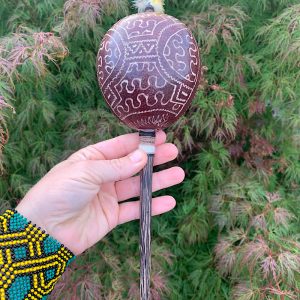
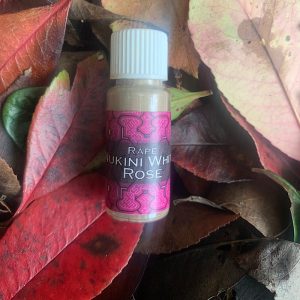
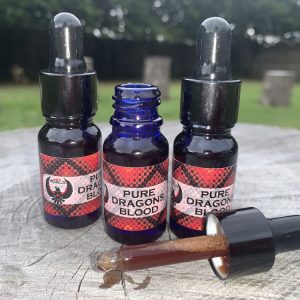
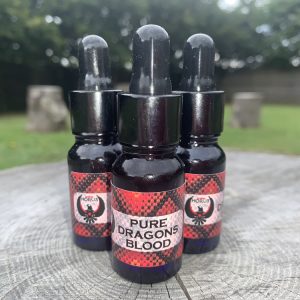
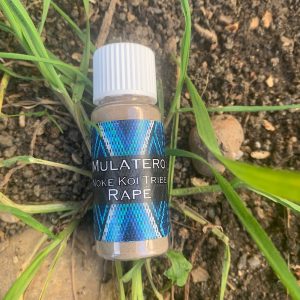
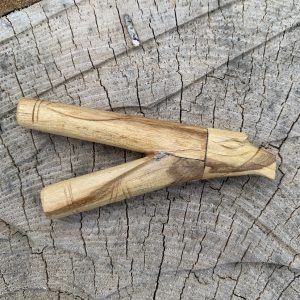
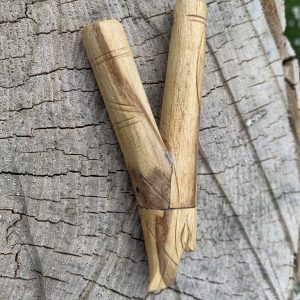
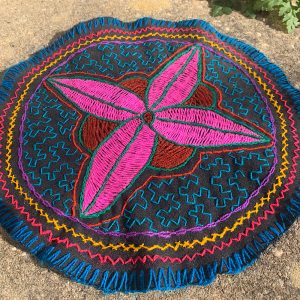

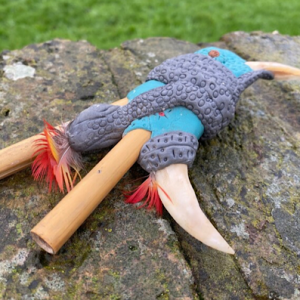
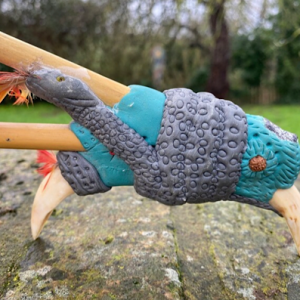
Reviews
There are no reviews yet.